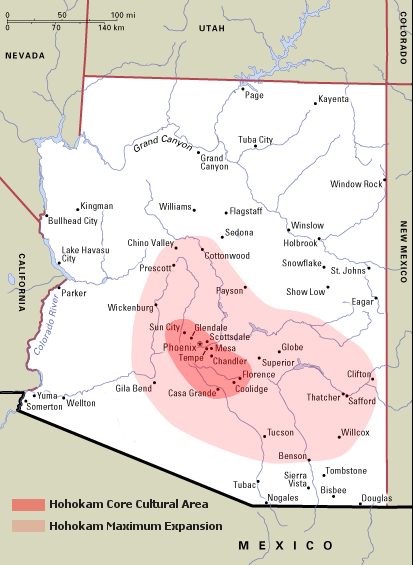


They built extensive networks of irrigation canals along the Salt and Gila Rivers. The Hohokams grew maize, squash, cotton, beans, agave, and tobacco. Public architecture included ball courts and mounds capped with caliche. Houses were clustered together around courtyards with associated work areas, trash mounds, and cemeteries. During the Preclassic (Pioneer, Colonial, and Sedentary phases), the Hohokams lived in semi-subterranean pit house villages. The Hohokam culture emerged from this substrate. The Red Mountain phase predates the Pioneer period, and the El Polvoron phase post-dates the Classic period.īy the beginning of the first millennium a.d., prehistoric hunters and gatherers in southern Arizona had begun to experiment with agriculture and to settle in small villages along the major river systems.

Hohokam chronology is subdivided into four periods: Pioneer (a.d. Since the 1980s, knowledge of the Hohokams has greatly expanded as a result of cultural resource management archaeology projects conducted in the Phoenix and Tucson basins. The Hohokam cultural sequence initially was defined at the site of Snaketown in the lower Gila Valley southeast of Phoenix, by the early twentieth century archaeologists Harold Gladwin and Emil Haury. The name Hohokam means "those who have gone" in the language of the O'odham, the contemporary Native American inhabitants of southern Arizona. HOHOKAM is the name given by archaeologists to a prehistoric culture centered along the Salt, Gila, Verde, and Santa Cruz Rivers in the low, hot Sonoran desert of southern Arizona between approximately 300 b.c.


 0 kommentar(er)
0 kommentar(er)
